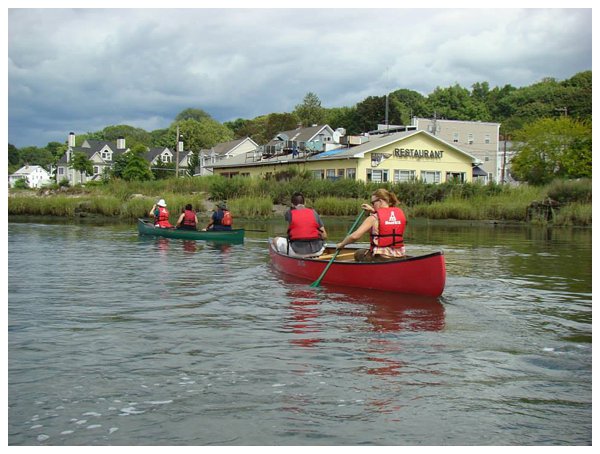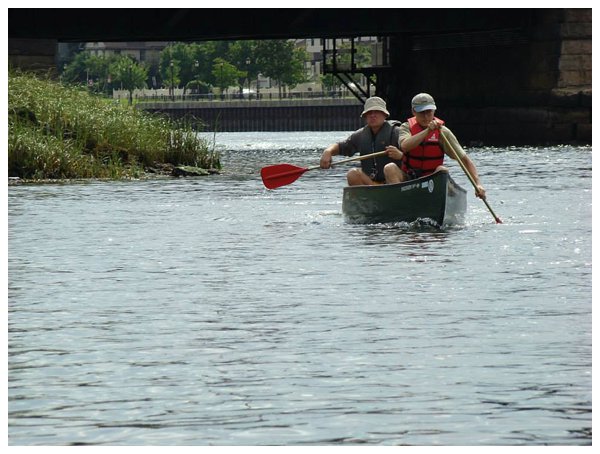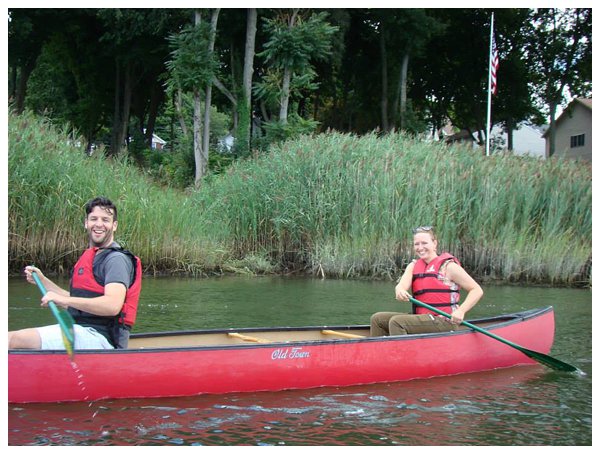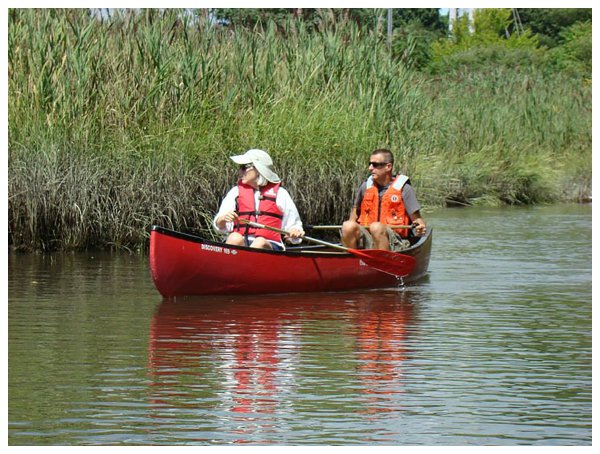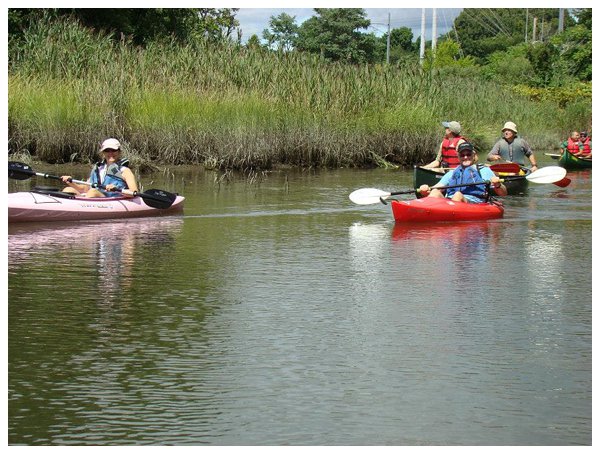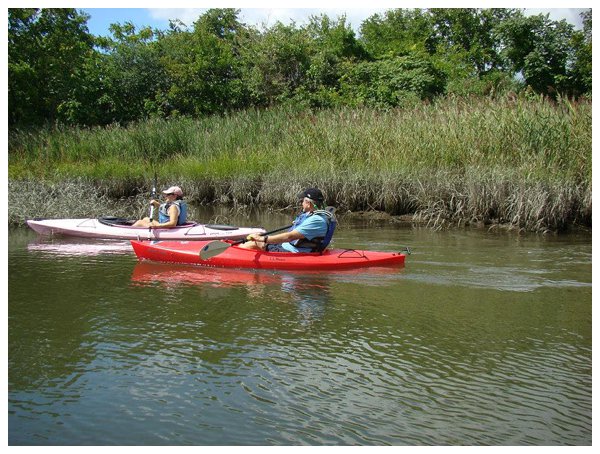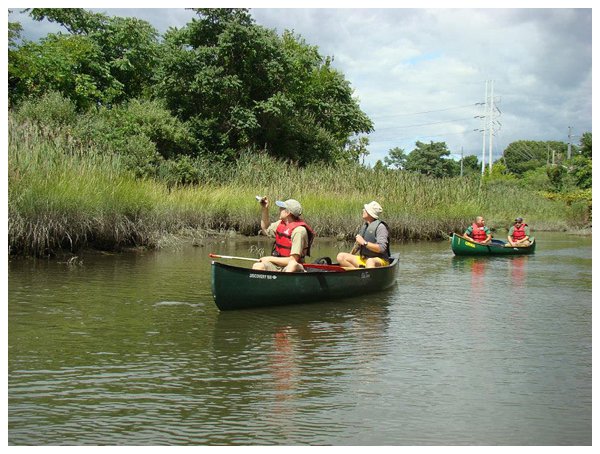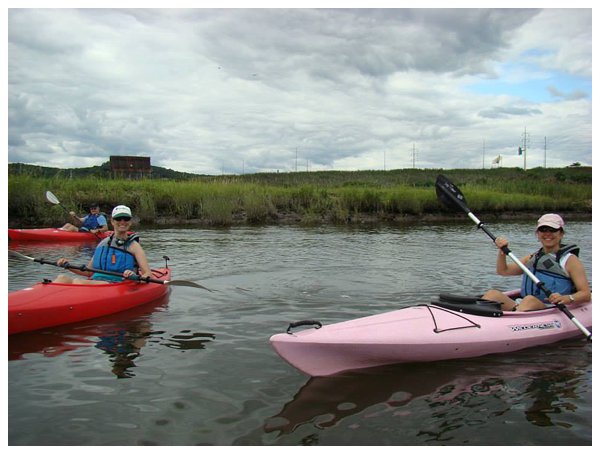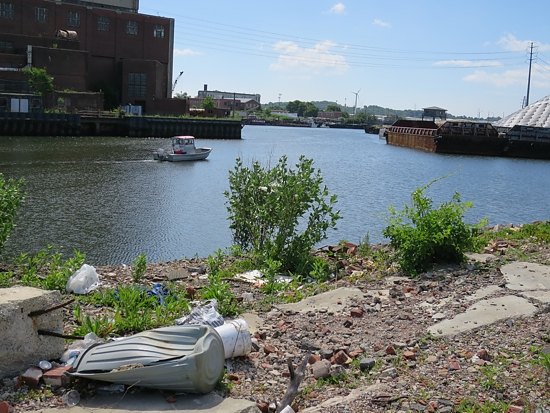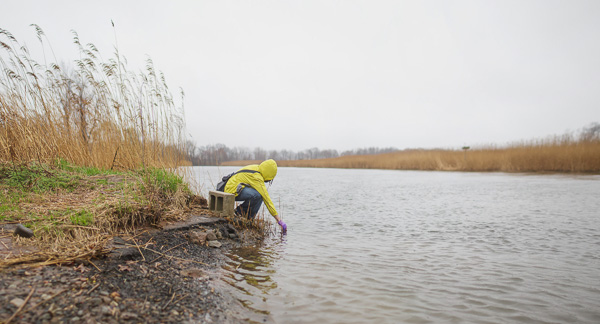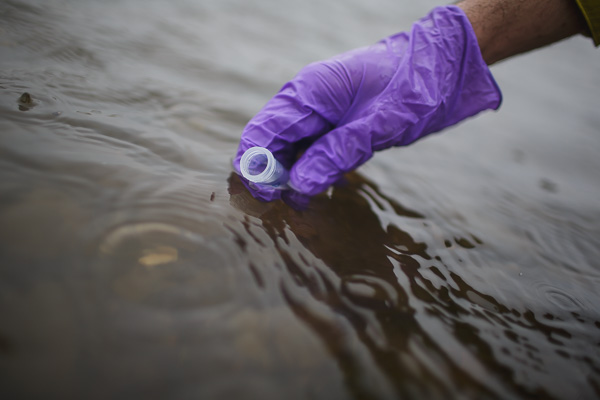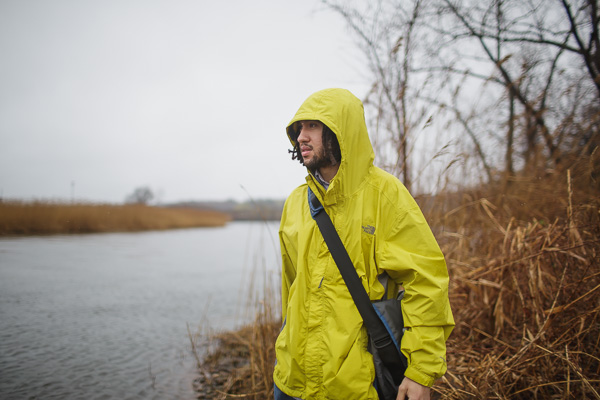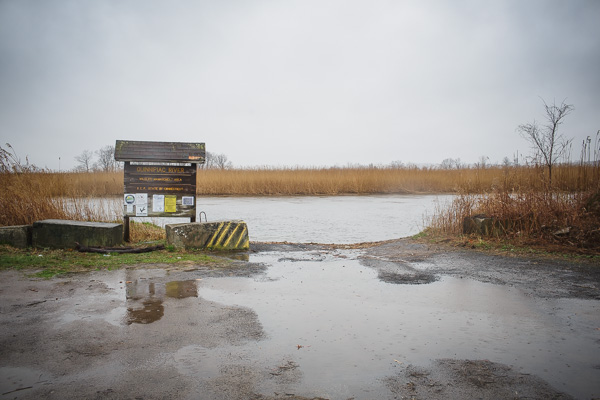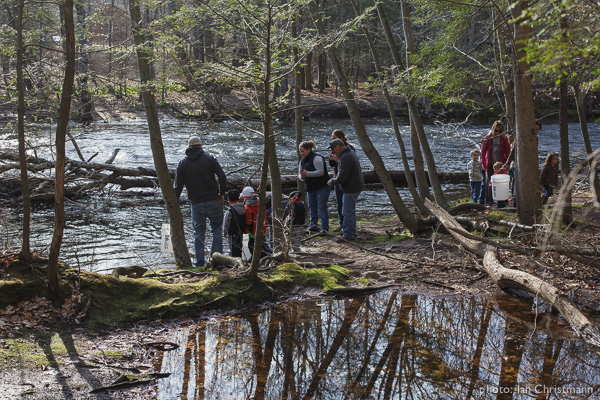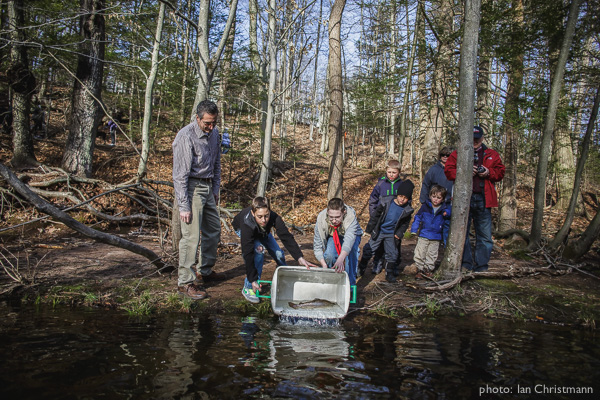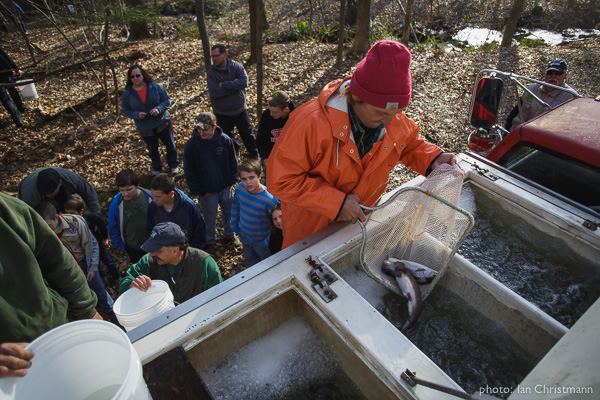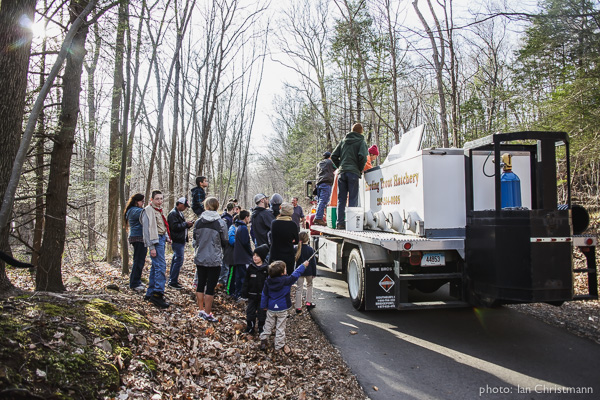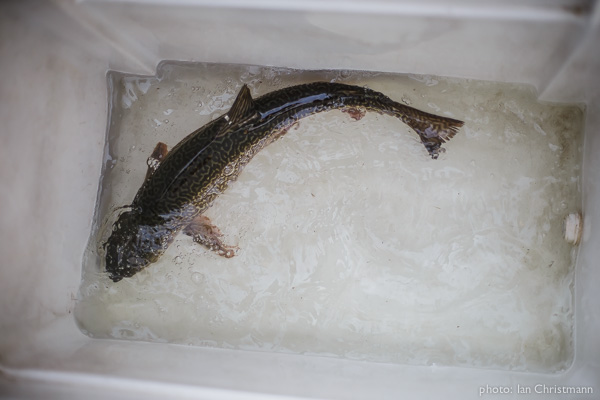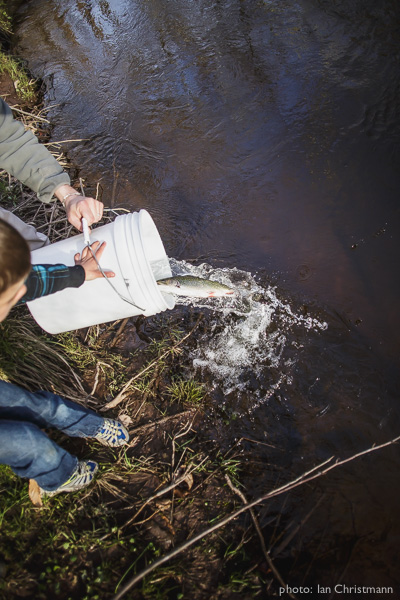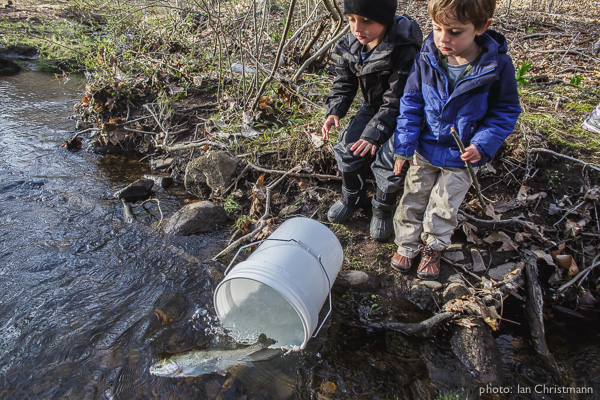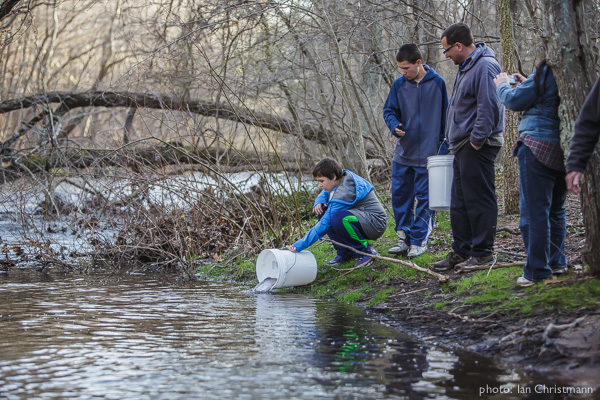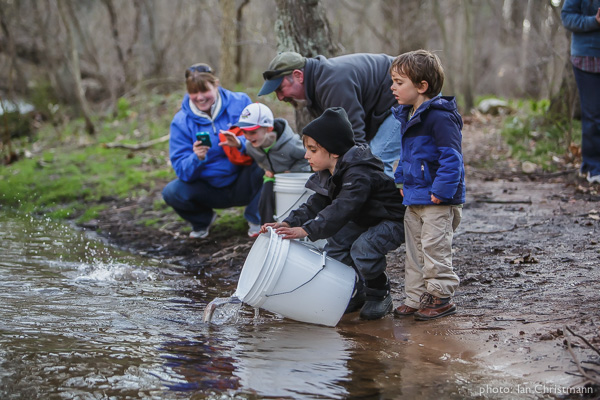Grants Help Educate Area Residents about Pollution and Continue the Development of a Recreational Trail along the River’s Edge
New Haven, CT (May 30, 2014) – The Community Foundation for Greater New Haven is pleased to announce that $136,455 in grants has been awarded from the Quinnipiac River Fund to 12 organizations for programs that reduce river pollution, support the environment and educate the public about the Quinnipiac River. The River flows from west of New Britain southward to Plainville, Southington, west of Meriden, Cheshire, through Wallingford, Yalesville, North Haven and into New Haven Harbor.
Grants and distributions from the Quinnipiac River Fund are recommended each Spring by an Advisory Committee and approved by The Community Foundation’s Board of Directors. Since being established in 1990, the Fund has distributed $1.9 million in grants.
2014 Grant recipients of the Quinnipiac River Fund:
Connecticut Coalition for Environmental Justice: $15,000 – to support a community education course to train New Haven residents about ways to reduce water pollution in the Quinnipiac River and its human health impacts; who will in turn educate additional residents in the community.
New Haven Land Trust Inc.: $6,500 – to support a series of educational programs related to the Quinnipiac Meadows/Eugene B. Fargeorge Nature Preserve, which is a significant means of public access to the River in New Haven as well as an example of riparian habitats such as tidal wetlands, coastal forest and coastal grasslands.
Quinnipiac University: $7,000 – to support water testing to identify a point source polluter of diethylhexyl phthalate and other plasticizers in the Quinnipiac River.
River Advocates of Greater New Haven: $20,000 – to support increasing capacity of the organization, sponsoring public events to focus attention on the lower Quinnipiac and urban rivers of Greater New Haven, and implementing certain recommendations from the Urban River Permits Project to reduce polluted runoff.
Southwest Conservation District: $10,179 – to support installing and improving public access to the Quinnipiac River in conjunction with Phase III of the Quinnipiac River Linear Trail Project, in collaboration with the Quinnipiac River Linear Trail Advisory Committee.
Urban Resources Initiative: $12,000 – to support an Urban Wildlife Refuge in Fair Haven: Community-based land stewardship to benefit wildlife and waterways project in partnership with Audubon Connecticut, community greenspace groups and the local business community.
Watershed Partnership Inc.: $20,000 – to support outreach, education and advocacy of the current school lawn pesticide ban and activities associated with the expansion of the ban to include all Connecticut parks, playgrounds, municipal playing fields and town greens, as well as the enhancement of the organization’s website.
Yale University: $11,355 – to support measurements of sediment accretion, elevation change, water level, salinity and belowground production in the Quinnipiac marshes.
The Quinnipiac River Fund is a component fund of The Community Foundation for Greater New Haven that was established in 1990 by a court settlement of litigation between the Connecticut Fund for the Environment, the Natural Resource Defense Council and the Upjohn Company concerning wastewater discharges from Upjohn’s plant in New Haven. The settling parties agreed that distributions from the Fund were to be used “to improve the environmental quality of the Quinnipiac River and the New Haven Harbor and the watersheds of these water bodies, and otherwise to benefit the environment of these resources.” For more information about the Fund, including projects and reports for which grants have been awarded, access points to the River and activities, visit
www.thequinnipiacriver.com.
Thanks to the generosity of three generations of donors, The Community Foundation for Greater New Haven awarded $21 million in grants and distributions in 2013 from an endowment of approximately $430 million and comprising hundreds of individually named funds. In addition to its grant-making, The Community Foundation helps build a stronger community by taking measures to improve student achievement, reduce New Haven’s infant mortality rate, promote local philanthropy through
www.giveGreater.org and encourage community awareness at
www.cfgnh.org/learn. The Community Foundation for Greater New Haven’s 20 town service area includes: Ansonia, Bethany, Branford, Cheshire, Derby, East Haven, Guilford, Hamden, Madison, Milford, New Haven, North Branford, North Haven, Orange, Oxford, Seymour, Shelton, Wallingford, West Haven, Woodbridge. For more information about The Community Foundation visit
www.cfgnh.org, find us on Facebook at
www.facebook.org/cfgnh or follow us on Twitter at
www.twitter.com/cfgnh.
###
Contact:
Tricia Caldwell
Communications Manager
The Community Foundation for Greater New Haven
203-777-7090

